Citizen’s Savings Bank
58 Bowery
Year built: 1922–1924
Architect: Clarence W. Brazer
NEW YORK—The Citizen’s Savings Bank at the corner of the Bowery and Canal and anchoring the Manhattan Bridge was recently given landmark status by the city’s Landmarks Preservation Commission. The grand and handsome Beaux-Arts structure was constructed in the early 1920s at a time when banks were typically designed in classical architectural styles to convey a sense of stability.
Monumental in scale and style, it does indeed stand as an icon of banking security as well as a neighborhood landmark. Its tall arched windows and dome serve as a pleasing counterpoint to the horseshoe-shaped colonnade of the Carrere and Hastings designed Manhattan Bridge plaza, which was completed 13 years earlier. The bank opened at the site in 1862, first as a brownstone building. But as its deposits grew, in the early 1920s the bank commissioned architect Clarence Brazer to design a new home for the growing enterprise.
Built on the nearly square site, after the bank purchased adjoining lots for the expansion, the current building was constructed “under, around, and over the existing building,” so as not to disrupt daily transactions by local depositors, according to the Landmark Commission’s report.
The structure stands 110 feet tall and has an interior main banking room with 70-foot ceilings and massive arched windows that once allowed natural light to fill the public space. The building still serves as a bank but the tall, now opaque, windows no longer allow natural light into the space.
At the time it was built, the Third Avenue El train ran right past the front of the building, and Brazer wisely designed the bank to stand out from every vantage point. The heavy rusticated granite base at street level welcomed depositors into what must have seemed a formidable banking institution. The tall arched windows on each facade, as well as the stone sculptures provided by Charles Keck must have provided passengers on the elevated train pleasing sights as they passed by; and the peak of the 110-foot-tall dome might have given travelers across the Manhattan Bridge a familiar destination as they crossed over from Brooklyn.
The interior of the building, which is still serving local citizens as a bank but now as a branch of the HSBC Bank, has a bright yellow ceiling, a center oculus that allows light in from the clerestory windows, and murals painted at top of the four corners around the words: “Success,” “Wisdom,” “Thrift,” and “Safety.”
Clarence W. Brazer (1899–1956) was born in Philadelphia and studied there at the Drexler Institute. After moving to New York Brazer worked in the office of Cass Gilbert where among other projects he worked on the U.S. Customs House, also a city landmark. Brazer died in his home in Flushing, Queens.
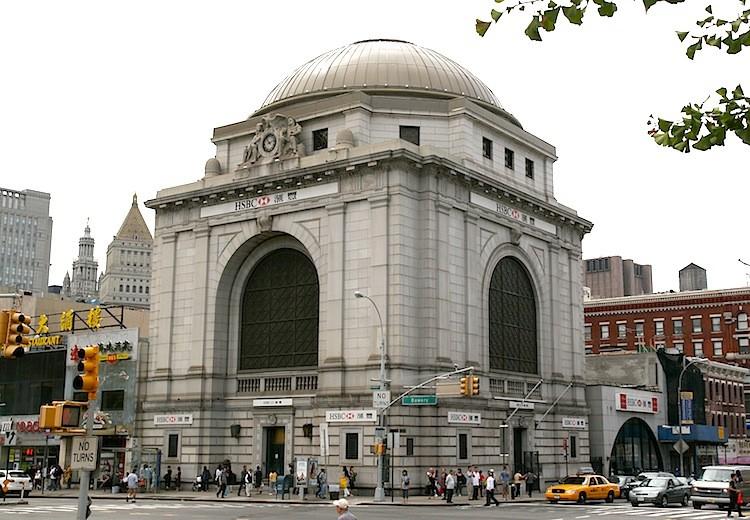
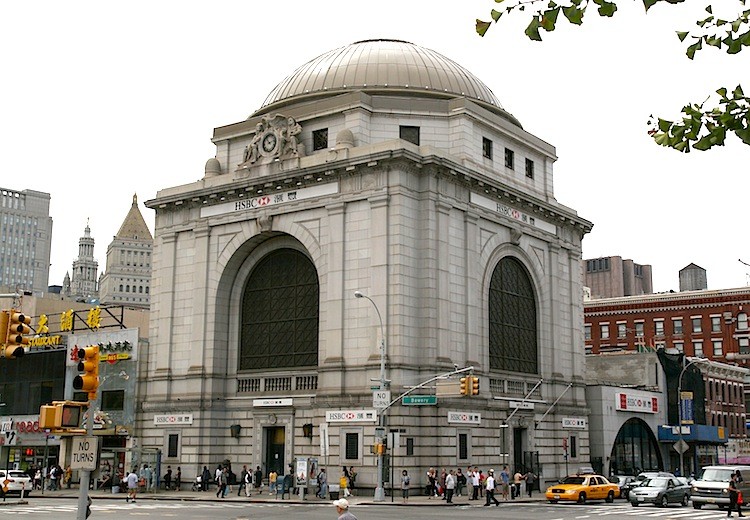
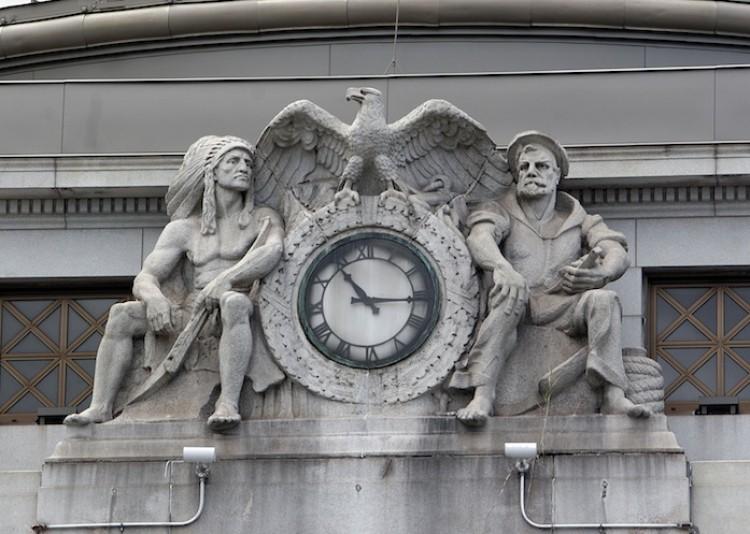
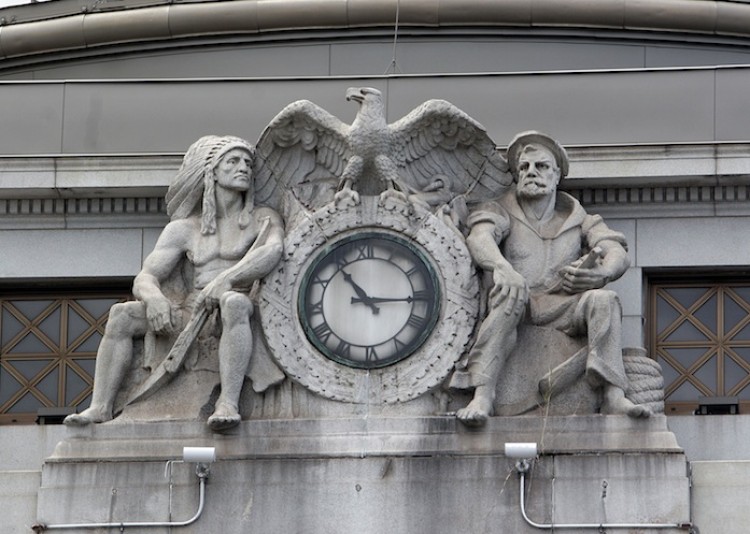
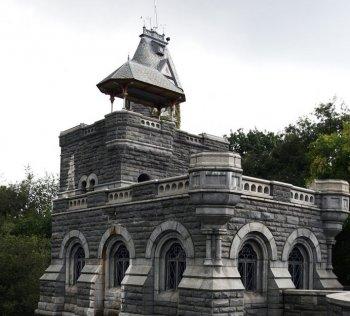

Friends Read Free